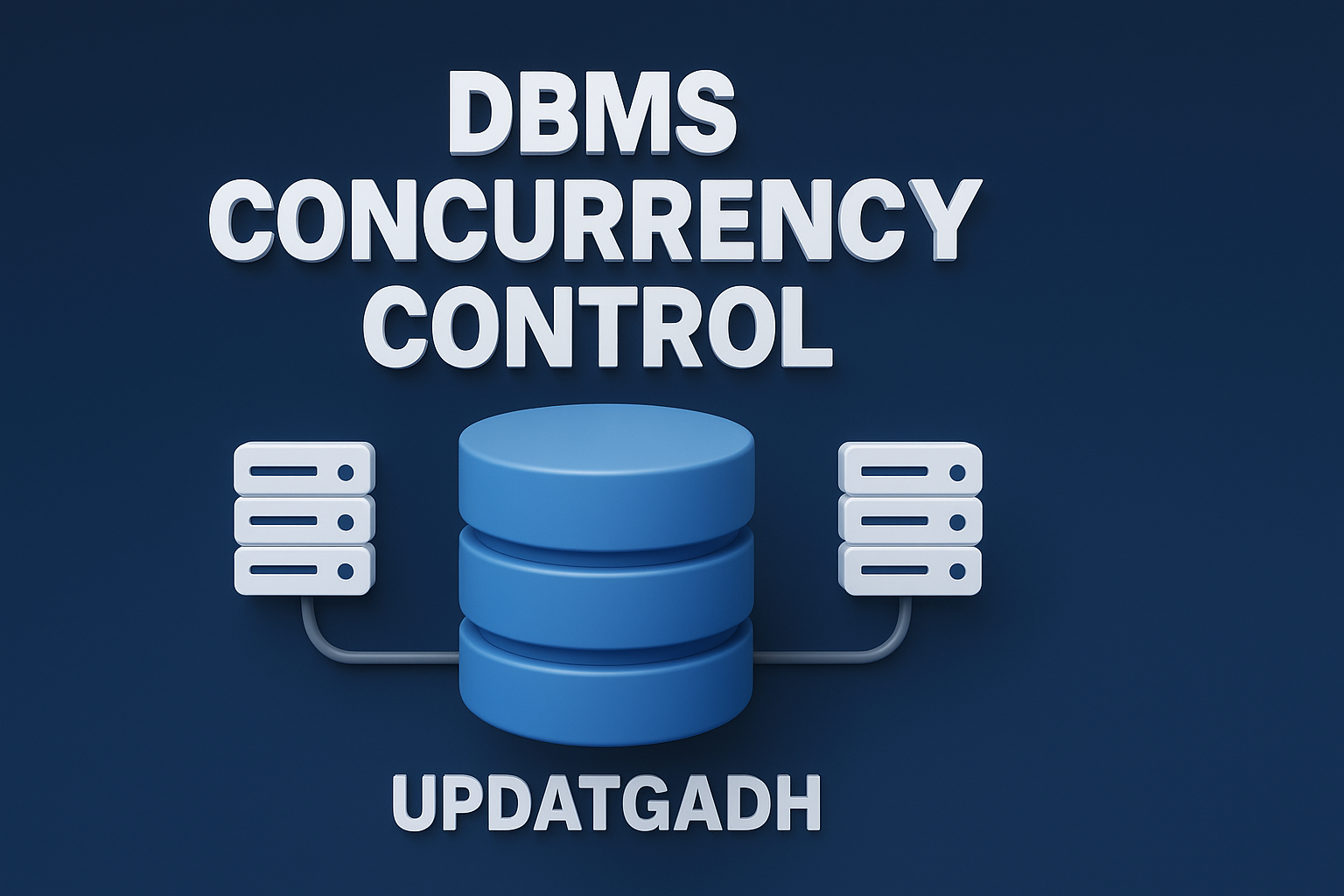
Data Types in Statistics
Data Types in Statistics
Introduction
Understanding data types is one of the foundational steps in statistics. Whether you’re analyzing survey results, medical records, or financial figures, knowing what kind of data you’re working with is essential for choosing the right statistical methods and drawing accurate conclusions. In statistics, data is broadly classified into four primary types: nominal, ordinal, discrete, and continuous. These data types fall under two major categories—qualitative (categorical) and quantitative (numerical)—each with its own role and importance in data analysis.
By identifying data types correctly, analysts ensure better accuracy, more reliable results, and meaningful interpretations that can guide decisions across fields like healthcare, business, education, and technology.
Complete Python Course with Advance topics:-Click Here
SQL Tutorial :-Click Here
Machine Learning Tutorial:-Click Here
What is Data?
At its core, data refers to raw facts and figures collected through observations, measurements, or surveys. These facts become valuable only when organized and interpreted correctly. Data can be:
- Structured (organized in a defined format, like spreadsheets or databases)
- Unstructured (free-form, like images, text, or videos)
Whether you’re monitoring stock prices or tracking customer behavior, data plays a central role in making decisions, solving problems, and driving innovation.
Types of Data in Statistics
In statistics, classifying data accurately allows us to apply the most suitable analytical techniques. Here’s a breakdown of the different data types:
🔶 1. Qualitative Data (Categorical)
Labels, attributes, and categories are examples of non-numerical information that is represented via qualitative data. It’s mostly used to describe attributes and is divided into:
➤ Nominal Data
Items are categorised using nominal data, which lacks any inherent hierarchy. For instance:
- Gender (Male, Female)
- Blood Type (A, B, AB, O)
- Country (India, USA, Japan)
Even if these categories are coded with numbers (e.g., Male = 1, Female = 2), those numbers do not have mathematical meaning. Nominal data is typically analyzed using frequency counts and pie charts.
➤ Ordinal Data
The intervals between the ranks are not always equal, yet ordinal data categorises as well, albeit with a meaningful order or ranking.
Examples include:
- Customer satisfaction (Poor, Fair, Good, Excellent)
- Education level (High School, Bachelor’s, Master’s, PhD)
Though you can rank ordinal data, you can’t assume the difference between “Good” and “Excellent” is the same as between “Fair” and “Good”. Analysts use non-parametric tests like the Mann-Whitney U test or Kruskal-Wallis test for ordinal data.
🔷 2. Quantitative Data (Numerical)
Quantitative data consists of measurable quantities and is always expressed in numbers. It helps in precise analysis and is further divided into:
➤ Discrete Data
Discrete data refers to countable values, often represented by whole numbers. It cannot have decimals or fractions.
Examples:
- Number of students in a class
- Cars sold in a month
- Defects on a product
This data is often visualized using bar graphs or frequency tables, and statistical methods include calculating mode and mean.
➤ Continuous Data
Continuous data represents measurable values that can fall anywhere within a range, including fractions and decimals.
Examples:
- Temperature (36.5°C, 37.2°C)
- Height (170.2 cm)
- Weight (65.8 kg)
Since continuous data can take infinite possible values, it is analyzed using techniques such as regression analysis, standard deviation, and histograms.
Summary Table of Data Types
| Data Type | Category | Characteristics | Examples |
|---|---|---|---|
| Nominal | Qualitative | No order, categories only | Gender, Eye Color, Brand Name |
| Ordinal | Qualitative | Ordered categories, no fixed interval | Satisfaction rating, Education |
| Discrete | Quantitative | Countable values, no decimals | Number of calls, Products sold |
| Continuous | Quantitative | Measurable, infinite values possible | Time, Temperature, Salary |
Why Data Types Matter in Statistics
Knowing the correct data type isn’t just academic—it’s practical. Here’s why it matters:
- You choose the right statistical test based on data type
(e.g., chi-square test for nominal data, t-test for continuous data) - You apply the correct visualization
(bar charts for categorical, histograms for continuous) - It helps prevent misinterpretation and improves the reliability of your findings
For instance, applying a mean to nominal data like “color of car” makes no sense. Similarly, analyzing ordinal data with methods that assume equal intervals can lead to flawed conclusions.
Download New Real Time Projects :-Click here
Complete Advance AI topics:- CLICK HERE
Conclusion
Data is the lifeblood of statistical analysis, but to use it effectively, understanding its type and structure is critical. Whether it’s identifying patterns in customer preferences using categorical data or calculating trends from sales numbers using quantitative data, every type serves a specific purpose.
At UpdateGadh, we believe mastering data types is a vital skill for analysts, researchers, and decision-makers. It not only enhances the quality of your insights but also ensures that your conclusions are based on sound, data-driven logic.
In summary:
- Qualitative Data = Nominal + Ordinal (non-numeric, descriptive)
- Quantitative Data = Discrete + Continuous (numeric, measurable)
Combining these insights with the right analytical tools leads to better predictions, smarter decisions, and deeper understanding across industries.
🔍 Explore more on UpdateGadh to elevate your data literacy and stay ahead in the analytics-driven world.
types of data in statistics primary and secondary
types of data in statistics with examples
4 types of data in statistics
types of data in statistics pdf
what is data in statistics
types of data in computer
what are the 4 types of data
types of data in statistics qualitative and quantitative
measures of central tendency
standard deviation
2 types of data
data types in statistics
different data types in statistics
primary data types in statistics
classification of data types in statistics
qualitative data types in statistics
collection of data types in statistics
secondary data types in statistics
quantitative data types in statistics
variable data types in statistics
data types in statistics ppt
data types in statistics pdf
data types in statistics analysis










Post Comment